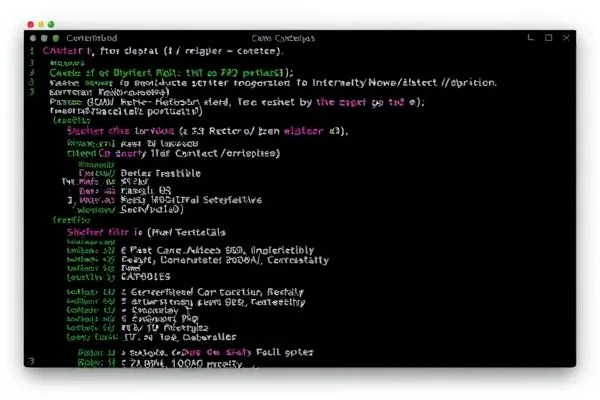Introduction
The growing complexity of cyber threats demands a proactive approach to cybersecurity. This article delves into essential strategies for safeguarding information systems, emphasizing the importance of penetration testing, business continuity planning, and staying ahead of emerging trends.
Key Takeaways
- The significance of regular penetration testing for identifying vulnerabilities.
- Strategies for effective business continuity and disaster recovery.
- Continuous adaptation to evolving cybersecurity threats and compliance requirements.
Understanding Penetration Testing
Penetration testing is a critical component of a robust cybersecurity framework. This practice involves simulating attacks on systems to uncover vulnerabilities before they can be exploited by malicious actors. Organizations can leverage various types of penetration testing, such as web application assessments and network testing, to gain a comprehensive understanding of their security posture. For a deeper dive into penetration testing methodologies, visit this resource.
Moreover, performing regular penetration tests enables organizations to not only discover weaknesses but also to prioritize remediation efforts effectively. As the cyber threat landscape evolves, so too must penetration testing strategies—emphasizing the need for continuous assessment and iterative improvements. For instance, web application penetration testing is crucial given the rising number of web-based attacks. A thorough guide on this topic can be found at CyberSec ROM.
Business Continuity and Disaster Recovery Planning
As cyber threats become increasingly sophisticated, having a solid business continuity and disaster recovery (BCDR) plan is not just advisable; it’s imperative. The key to effective BCDR lies in anticipating potential disruptions and preparing systematic responses. This includes identifying critical business functions, conducting risk assessments, and designing recovery strategies tailored to specific threats.
Emerging trends and challenges, notably those projected for 2025, require organizations to rethink traditional BCDR strategies. Maintaining operational resilience amid evolving threats necessitates flexible plans that can adapt quickly to changing circumstances. For insights on future-proofing your BCDR strategies, consider exploring this article.
Moreover, companies must stay informed about regulatory changes and compliance requirements which can impact their BCDR initiatives. By aligning BCDR planning with broader organizational objectives, businesses can ensure sustained growth and security.
Conclusion
In conclusion, effective cybersecurity hinges on a blend of proactive penetration testing and comprehensive BCDR plans. Organizations must view these practices not as isolated tasks but as integral components of an evolving strategy to safeguard their infrastructure. By embracing a forward-thinking approach, businesses can enhance their resilience against cyber threats and secure their futures.









